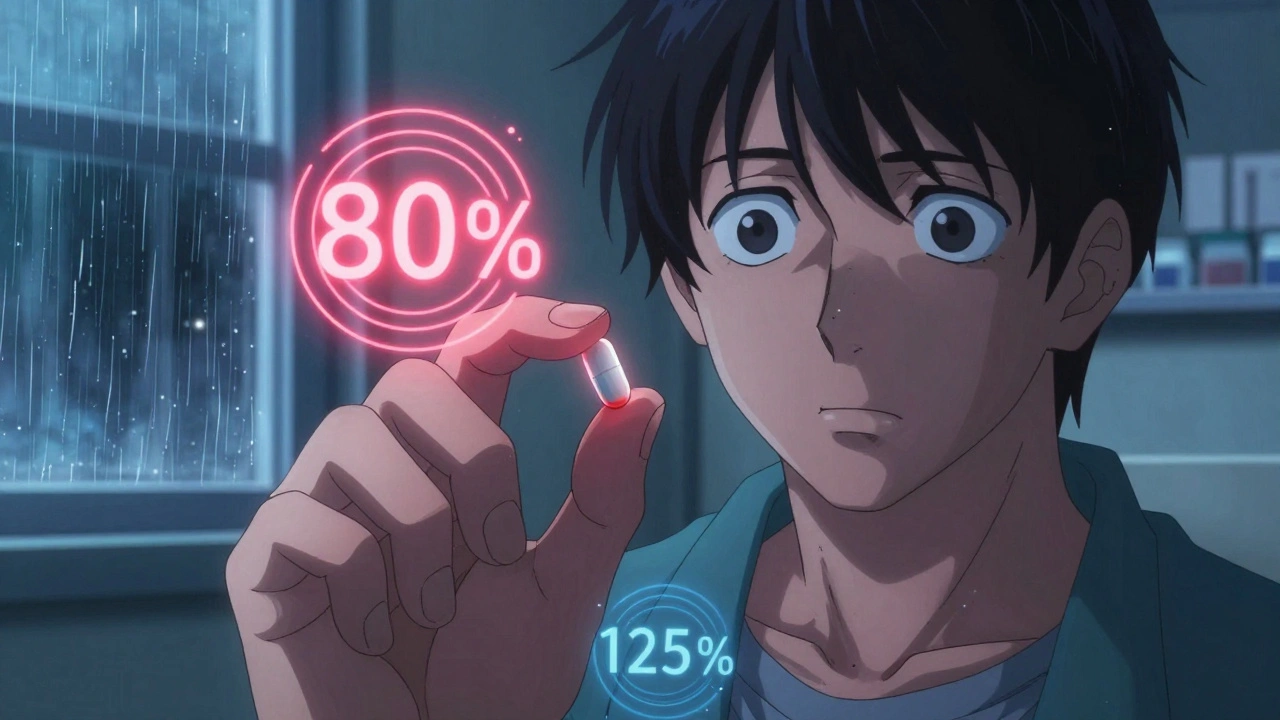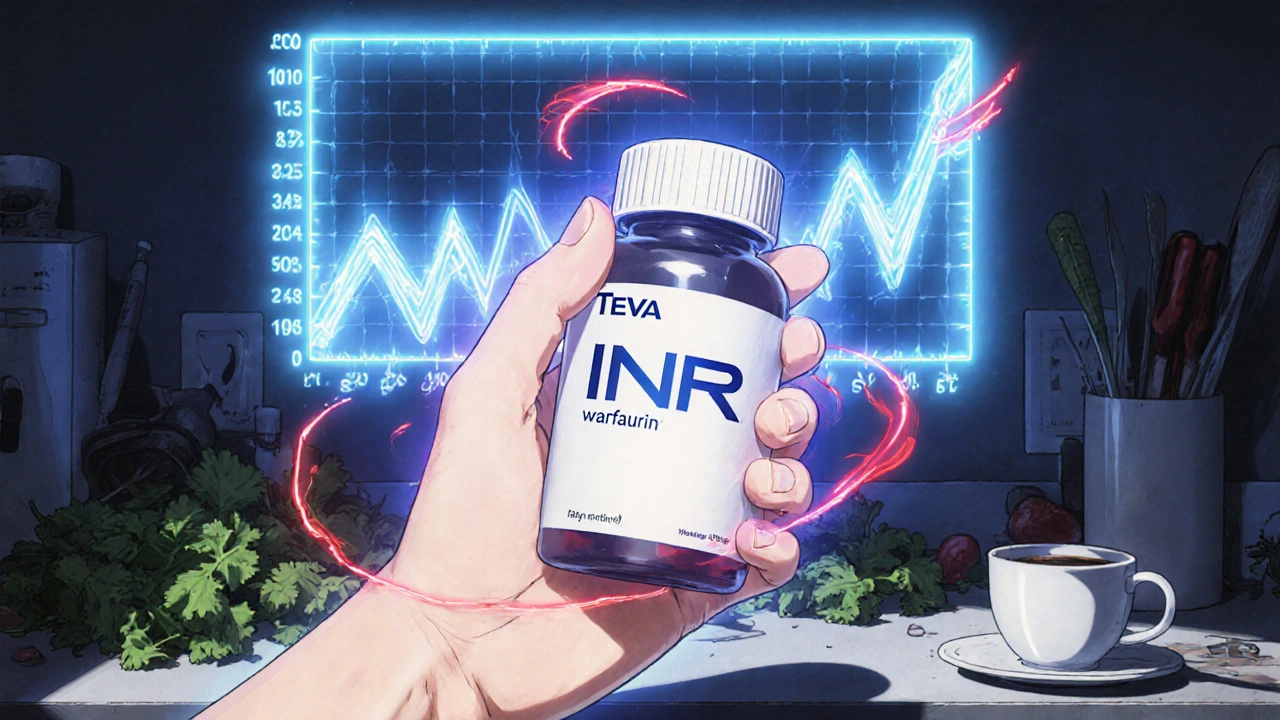Narrow Therapeutic Index: What It Means and Why It Matters for Your Medications
When a drug has a narrow therapeutic index, a small range between the effective dose and the toxic dose. Also known as a narrow therapeutic window, it means your body can’t tolerate much variation—take a little too much, and you risk serious harm; take a little too little, and the drug won’t work. This isn’t just a technical term—it’s a safety alarm for medications that can cause hospitalization or death if dosed wrong.
Drugs with a narrow therapeutic index include blood thinners like warfarin, thyroid meds like levothyroxine, seizure drugs like phenytoin, and heart meds like digoxin. These aren’t random pills—they’re powerful tools that need precision. A 10% change in dose can mean the difference between control and crisis. That’s why doctors monitor blood levels closely, why pharmacies flag these prescriptions, and why switching generic brands isn’t always safe—even if they’re labeled "bioequivalent." The body doesn’t always treat two generics the same when the margin for error is razor-thin.
It’s not just about the drug itself. What you eat, what supplements you take, and even your liver or kidney function can shift how your body handles these meds. Fiber supplements can block levothyroxine. Grapefruit juice can make digoxin toxic. Antibiotics can mess with warfarin levels. That’s why people on these drugs often have frequent lab tests and tight follow-ups. It’s not overcaution—it’s survival. And if you’re on one of these meds, knowing the risks isn’t optional. It’s part of managing your health.
You’ll find posts here that dig into real-world problems: why switching generic brands might cause side effects, how timing your meds affects absorption, and what to do when your pill looks different. These aren’t theoretical discussions—they’re stories from people who’ve been caught off guard by a tiny change in their treatment. If you’re on a drug with a narrow therapeutic index, you’re not alone. And you don’t have to guess your way through it.

